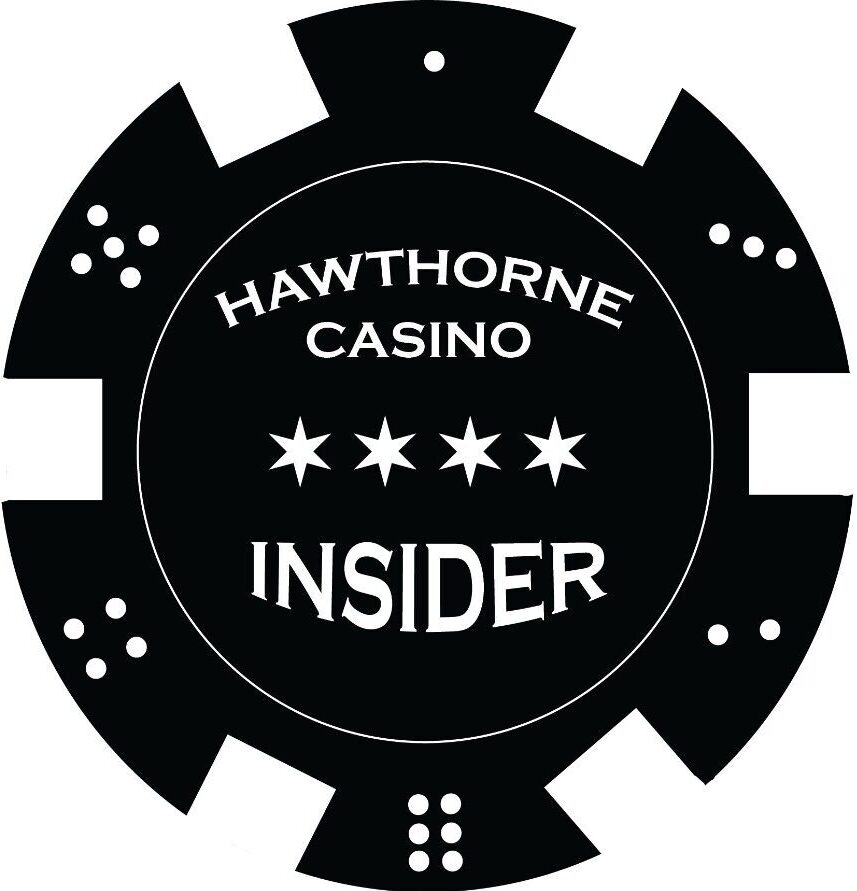In the 1930’s, point spread betting brought a new interest to the sports betting scene, especially football. At the time, many sporting events were lopsided affairs where the winner was a foregone conclusion. On the surface it seems simple…a great team should beat a poor team by a significant margin, right? Not so fast.
A Decade of Data
According to wizardoffodds.com, from 2006 thru 2018 there were 3,164 NFL games. Sports betting favorites covered 47.92%, underdogs covered 52.08%. The rate of 52.08% is not quite enough to cover the vig but the loss is a mere -0.57%. With the vig, betting favorites is a -8.36% loser. Over/Under bets, however, are a shade away from 50% each with a rounded net loss equal to just about the vig, which sounds right. So why the disparity in picking a team? Shouldn’t point spreads even out the chances of both sides?
The answer is…absolutely not. When playing a favorite and giving up points you misalign your interests from the interests of the team. In simple terms, teams (both players as well as coaches) will defend to the death their desire to win the game but they have zero incentive to defend the point spread. The incentives and goals of the favored teams no longer match the incentives and goals of the bettors. Even if you do your best to shop for the best odds, it is still a riskier bet.
In a 0.5 to a 2.5 point spread, the incentives are virtually, but not perfectly, aligned. As the end of the game nears, if the game is close, each team plays it with maximum effort and strategy in a fight for the win, But as the spreads get higher, the leading team loses the incentive to increase their lead or give up a portion of that lead as long as victory is preserved.
A Typical Example
Think of a favorite with a 9 point lead in the late stages of the 4th quarter. The spread is anywhere from 6.5 to 8.5. There are many scenarios where the favorite is quite content to give up yardage in exchange for a running clock. This may lead to a field goal and a cover for the underdog. Or how about the dreaded “Todd Gurley slide” in order to avoid the end zone in favor of the running clock?
You can probably think of dozens more of these scenarios that have played out causing a favorite to not cover in a game they were an obvious cover until the final moments. While a mathematical analysis of these scenarios is possible, it is unnecessary. All it will prove is that there is more luck involved in winning when betting a favorite than there is with the underdog.











